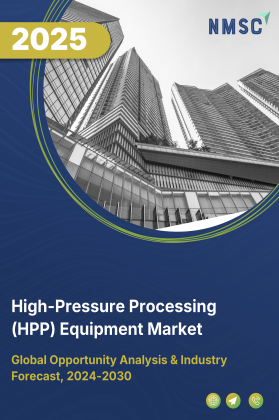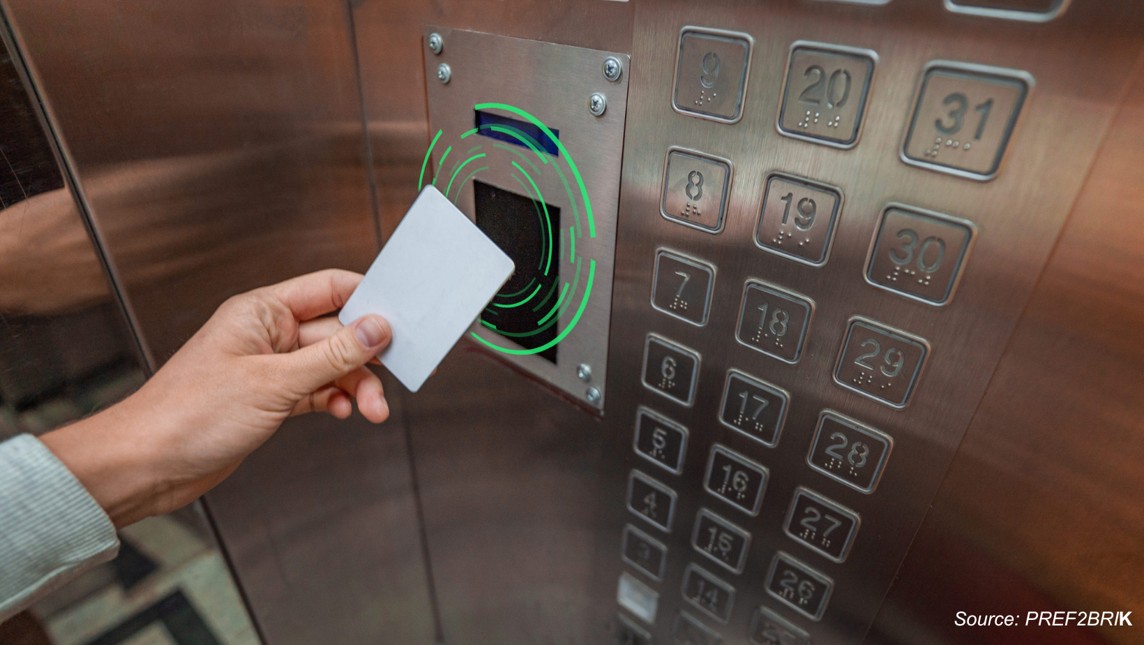
South Korea HVAC Systems Marketby Equipment (Room‐Level Air Conditioners, and Others), by System Type (Centralized Systems, and Others), by Implementation Type (New Construction Buildings, and Retrofit Buildings), by Technology (Inverter Technology, and Others), by Energy Efficiency (1 Star, and Others), by Capacity (Up to 1.5 Ton, and Others), by Installation/Mounting (Wall-mounted, and Others), by End User (Commercial, and Others) - Opportunity Analysis and Industry Forecast, 2024– 2030.
Industry: Construction & Manufacturing | Publish Date: 15-Oct-2025 | No of Pages: 119 | No. of Tables: 163 | No. of Figures: 108 | Format: PDF | Report Code : CM1945
Market Definition
The South Korea HVAC System Market size was valued at USD 3.63 billion in 2023, and is predicted to reach USD 5.57 billion by 2030, at a CAGR of 5.8% from 2024 to 2030.
HVAC (Heating, Ventilation, and Air Conditioning) refers to the technology and systems used in buildings to regulate indoor environmental conditions such as temperature, humidity, and air quality to ensure comfort and safety for occupants. Heating systems provide warmth during colder months, ventilation systems circulate and replenish indoor air, and air conditioning systems cool and dehumidify indoor air during warmer months.
HVAC systems offer several advantages, including improved occupant comfort and health, increased energy efficiency leading to cost savings, better indoor air quality through filtration and ventilation, precise temperature control for enhanced productivity in commercial settings, and protection of building infrastructure from extreme weather conditions. Additionally, these systems can be designed to meet specific requirements, contributing to sustainability goals by reducing carbon emissions and promoting eco-friendly practices in building operations.
Rising Urbanization and Construction Trends Propels the Market Expansion
Urbanization and construction trends serve as significant catalysts for expansion within the HVAC sector. As urban populations burgeon, there arises an increased demand for HVAC installations across various structures including residential, commercial, and industrial facilities such as apartments, office complexes, shopping centers, and factories.
Simultaneously, there is a noticeable shift in construction methodologies towards sustainability and energy efficiency, spurred by green building initiatives mandated by governments and driven by environmental concerns. These initiatives necessitate stringent HVAC standards in new constructions, thereby fostering a market for environmentally-friendly solutions.
Additionally, the inclination towards renovating and retrofitting existing buildings further accentuates the necessity for HVAC upgrades, aligning with contemporary energy-saving technologies. The integration of HVAC systems with building automation and smart technology further enhances building performance and energy efficiency, highlighting the intertwined influence of urbanization, sustainable construction, and technological innovation in driving the growth trajectory of the HVAC industry.
Environmental Concerns Drive Growth in the HVAC Systems Industry
Environmental considerations play a pivotal role in propelling growth within the HVAC systems industry. With heightened awareness surrounding issues such as climate change, air pollution, and ozone depletion, there exists mounting pressure for the adoption of sustainable practices and adherence to regulatory frameworks.
Governments globally are imposing mandates aimed at mitigating the environmental impact of HVAC systems, consequently driving the development and integration of eco-conscious technologies.
Price Volatility of Raw Materials Restrains the Growth of the HVAC system Market
Inflation and supply chain disturbances contribute to the escalating expenses of raw materials, thereby negatively impacting the manufacturing outlay of HVAC systems. The surge in costs pertaining to critical raw materials including steel, copper, and aluminum further compounds the production costs for HVAC manufacturers.
Consequently, small and mid-scale players in the HVAC sector encounter margin squeezes, impeding their profitability and hampering investment in research and development. This poses a limitation on market expansion.
IoT Integration Creates Ample Opportunities for the HVAC System Market
The convergence of Internet of Things (IoT) technology represents a substantial market opportunity within the HVAC industry. The integration of IoT technology enables remote control functionalities, heightened energy efficiency, and predictive maintenance solutions. By integrating IoT devices and sensors into HVAC systems, users can remotely monitor and adjust settings, optimize energy consumption, and proactively address maintenance issues before they escalate.
This enhances user experience and comfort levels, reduces energy expenditures, and extends the longevity of HVAC equipment. Given the rising demand for smarter and more efficient buildings, surpassing current infrastructure capabilities, the adoption of IoT integration is forecasted to create numerous opportunities within the HVAC system market.
Competitive Landscape
The market players operating in the South Korea HVAC System market include Trane Technologies, Mitsubishi Electric, LG Electronics, Taikisha Global, Mayekawa, Johnson Controls (York), Panasonic, Midea Group, Halton Group, Samsung HVAC, Heinen and Hopman, Munters Group AB, WINIA Air Conditioners, Haier Group, Carrier Global Corporation, and others.
South Korea HVAC System Market Key Segments
By Equipment
-
Room‐Level Air Conditioners
-
Window
-
Portable
-
Cassette (ceiling-mounted)
-
Floor-standing console
-
-
Split Air Conditioners
-
Single-split (1 indoor + 1 outdoor)
-
Multi-split (≥2 indoors + 1 outdoor)
-
VRF/VRV
-
-
Packaged & Central AC Units
-
Rooftop packaged units
-
Self-contained packaged units
-
Central chiller and AHU systems
-
-
Chillers
-
Air-cooled
-
Water-cooled
-
Absorption
-
-
Heating Equipment
-
Heat Pumps
-
Furnaces
-
Boilers
-
Unit Heaters
-
-
Ventilation Equipment
-
Air Handling Units (AHUs)
-
Fans & Blowers
-
Air Filtration Systems
-
Air Purification Systems
-
-
Humidity Control
-
Humidifiers
-
Dehumidifiers
-
-
Cooling Towers
-
Controls & Thermostats
By System Type
-
Centralized Systems
-
Decentralized Systems
-
Hybrid Systems
By Implementation Type
-
New Construction Buildings
-
Retrofit Buildings
By Technology
-
Inverter Technology
-
Non-Inverter Technology
-
Smart/IoT-enabled
-
Conventional
By Energy Efficiency
-
1 Star
-
2 Star
-
3 Star
-
4 Star
-
5 Star
By Capacity
-
Up to 1.5 Ton
-
1.5-3 Ton
-
3-5 Ton
-
Above 5 Ton
By Installation/Mounting
-
Wall-mounted
-
Ceiling-mounted
-
Floor-standing
-
Ducted
-
Window-mounted
-
Portable
By End User
-
Commercial
-
Offices
-
Hospitality (Hotels, Restaurants)
-
Healthcare
-
Education
-
Retail
-
Airports
-
-
Residential
-
Industrial
Key Players
-
Trane Technologies
-
Mitsubishi Electric
-
LG Electronics
-
Taikisha Global
-
Mayekawa
-
Johnson Controls (York)
-
Panasonic
-
Midea Group
-
Halton Group
-
Samsung HVAC
-
Heinen and Hopman
-
Munters Group AB
-
WINIA Air Conditioners
-
Haier Group
-
Carrier Global Corporation
Report Scope and Segmentation
|
Parameters |
Details |
|
Market Size in 2023 |
USD 3.63 Billion |
|
Revenue Forecast in 2030 |
USD 5.57 Billion |
|
Growth Rate |
CAGR of 5.8% from 2024 to 2030 |
|
Analysis Period |
2023–2030 |
|
Base Year Considered |
2023 |
|
Forecast Period |
2024–2030 |
|
Market Size Estimation |
Billion (USD) |
|
Growth Factors |
|
|
Companies Profiled |
15 |
|
Market Share |
Available for 10 companies |
|
Customization Scope |
Free customization (equivalent up to 80 working hours of analysts) after purchase. Addition or alteration to country, regional, and segment scope. |
|
Pricing and Purchase Options |
Avail customized purchase options to meet your exact research needs. |

















 Speak to Our Analyst
Speak to Our Analyst
























